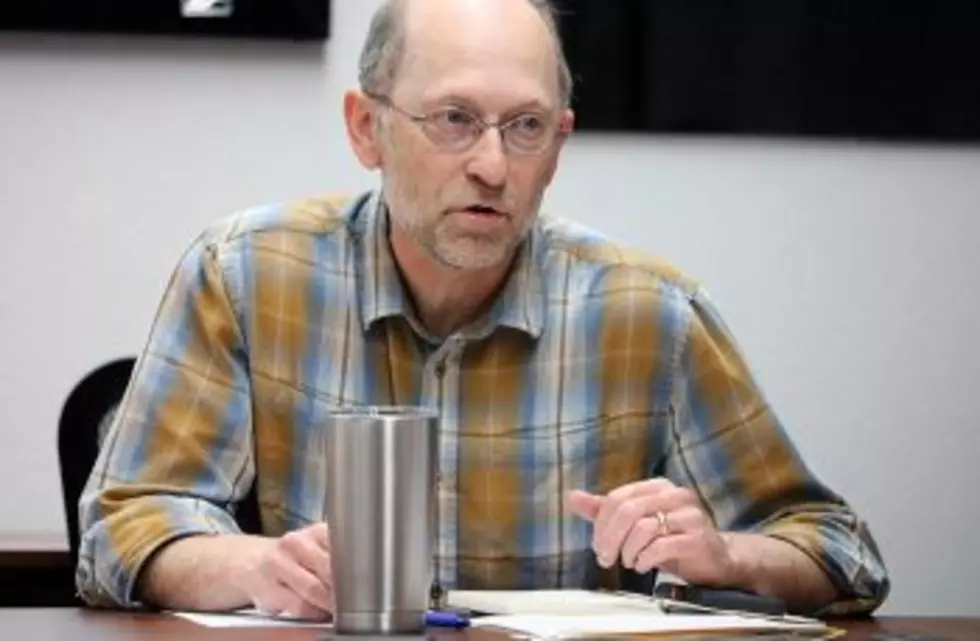
Bullock reduces Covid relief for local government, diverts $100M to workers
(KPAX) The Bullock administration is reducing federal Covid-19 relief money for Montana cities and counties by $100 million this year and routing it instead to unemployment benefits and grants to businesses – a move that caught local governments by surprise.
“I think there is frustration across the state from local governments, in that we’d been working under a certain set of assumptions for quite some time and, on a dime, to make a course-correction here is not easy,” Missoula County Commissioner Dave Strohmaier told MTN News Tuesday.
The administration told local governments about the switch last Wednesday, before the holiday weekend, and outlined the new rules late Monday.
Bullock administration officials told MTN News that cities and counties weren’t going to spend their original allocation of $300 million by Dec. 31 anyway, and that most of the money had been paying for salaries already in local-government budgets.
Money for local governments will be capped at $200 million this year and about $190 million of those funds have been spent or obligated already, the administration said.
That leaves about $10 million statewide for expenses incurred during the final two months of the year, tied directly to Covid-19-related costs.
The local-government money is part of the state’s $1.25 billion in federal coronavirus relief funds, contained in the Cares Act passed by Congress in March.
The Bullock administration said it has awarded $919 million of the money so far, through two-dozen programs, and that Gov. Steve Bullock will outline on Wednesday how the rest of the funding will be distributed by a Dec. 30 deadline.
Cities and counties, who’ve been on the front line of Covid-19 responses through law enforcement, public health departments and other divisions, said they’d worked closely with the Bullock administration on how much federal money they should receive, and for what.
Eric Bryson, executive director of the Montana Association of Counties, told MTN News that he resigned from the governor’s coronavirus task force last week because of the sudden change in local-government funding.
“I told the governor’s budget office that we are no longer willing to communicate and play middleman for any of the pre-authorizations coming through,” he said. “I do think our responses (to Covid-19) will be hampered by shutting off this funding source intended for local governments.”
Cities and counties had been using the money to pay for extra expenses incurred by public health departments, such as tracers following the contacts of those with Covid-19, or temporary employees filling the spots of essential workers who couldn’t come to work because of Covid-19-related problems.
But they’d also used most of the money to pay for “presumptively eligible payroll costs” – which are the ongoing salaries of sheriff’s deputies, firefighters, public-health workers and others who sometimes deal with Covid-19 responses, but not always.
Strohmaier said Missoula County and other counties had been banking some of that money to offset extra costs they expect to continue into next year, when there may not be any or enough federal relief funding.
Now, under the guidelines unveiled Monday for local governments, they cannot use the relief money for the “presumptively eligible” costs in November or December. It will be for only extra costs directly related to Covid-19, such as overtime pay or additional staff.
Cascade County Commissioner Joe Briggs in Great Falls said hiss county has used its relief money to pay for things like increased costs at its regional jail, which was hit with an outbreak of Covid-19, additional protective equipment and frequent Covid-19 testing of first responders.
“It was going to be a challenge to adapt anyways when the Cares Act ran out,” he said. “We were hoping to have a little bit of that banked. … Cities and counties are on the front line of this cost pattern.”
